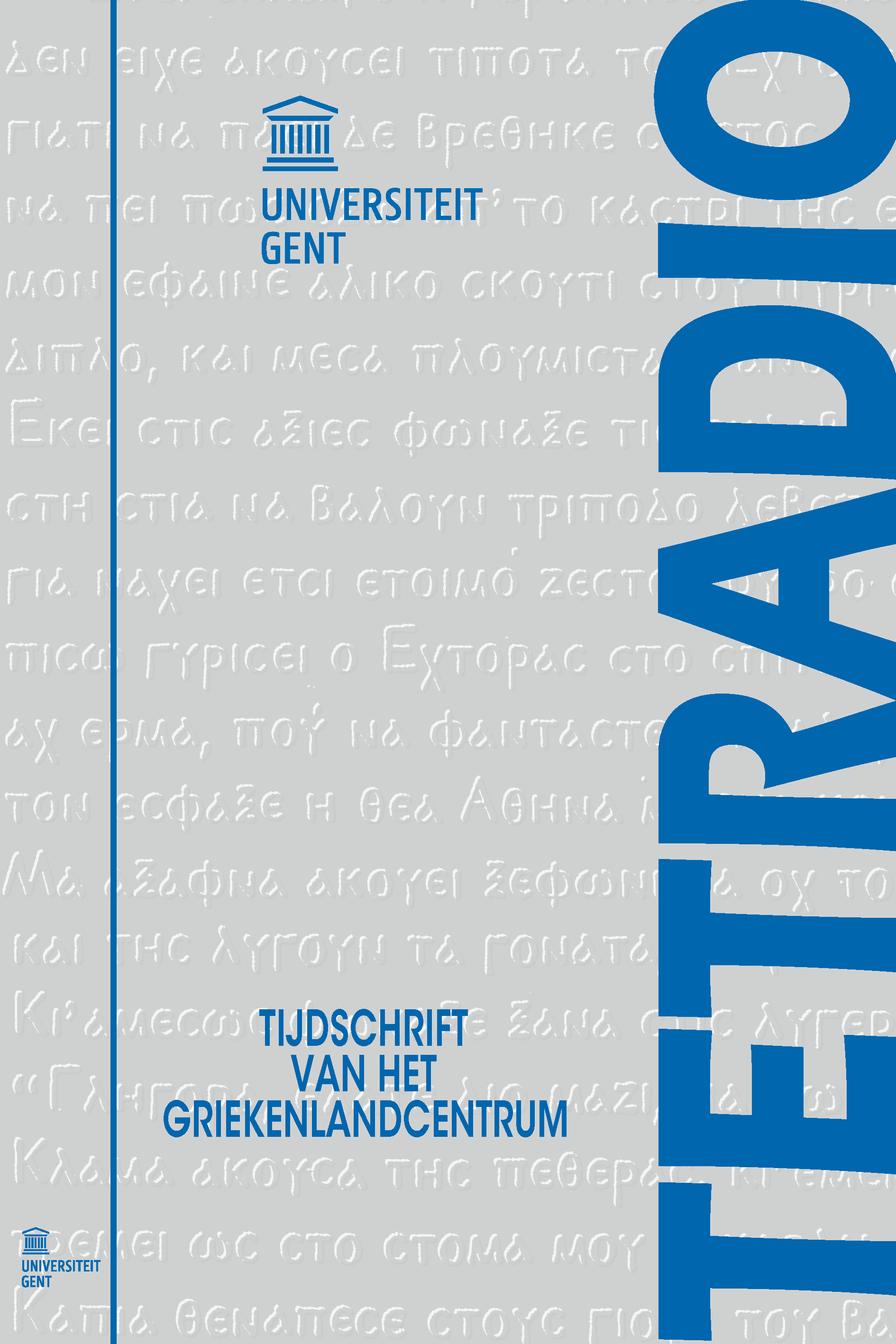Atticist lexica and Modern Greek dictionaries: A brief comparison of (negative) lexicographical labelling
- Emmanuel Roumanis
Abstract
The normative tradition in Greek lexicography is remarkably long-lived. As early as the Second Sophistic (I-III CE), Atticist grammarians and lexicographerssought to recapture the quality of classical Attic Greek by composing usage manuals that prescribed correct usages and proscribed incorrect ones (i.e. Koiné and vernacularisms). This prescriptive tradition ushered in the long-lived diglossic situation that subsequently contributed to the enregisterment of (high) puristic variants, which survived in various forms until the twentieth century. Following the official end in 1976 of the last of these, katharevousa, Greek lexicography has continued to struggle with the residual influence of prescriptive thinking, which is but one symptom of Modern Greek’s continuing struggle to completely free itself of its classical shackles. However, despite the fact that negative usage labelling, such as esfalménos (incorrect), and even references to Atticists like Phrynichus, can be found in some of today’s widely-used dictionaries of Modern Greek, there is evidence that the art of lexicography has taken a decisively descriptive turn in the last few decades.
How to Cite:
Roumanis, E., (2020) “Atticist lexica and Modern Greek dictionaries: A brief comparison of (negative) lexicographical labelling”, Tetradio 29(1): 4, 101–120. doi: https://doi.org/10.21825/tetradio.91888
Downloads:
Download PDF
View PDF
